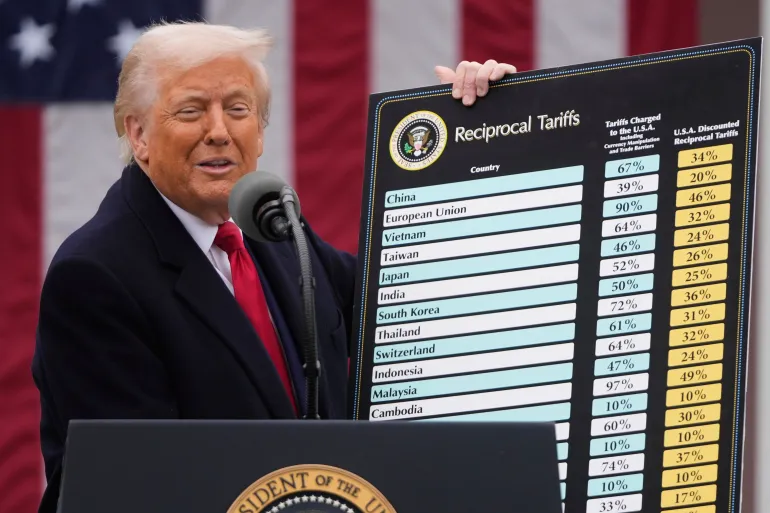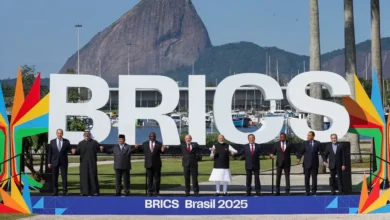Trade in turmoil as world braces for Trump’s next move
As the July 9 deadline approaches, uncertainty dominates. With limited clarity from the White House and the possibility of sudden shifts in policy, governments and global markets remain anxious; whether Trump’s high-stakes strategy will yield favorable deals or spark a deeper economic disruption remains to be seen—but the clock is ticking.

With a looming July 9 deadline, the global economy faces renewed uncertainty as U.S. President Donald Trump threatens steep new tariffs on dozens of countries that fail to finalize trade deals with Washington.
The ultimatum stems from Trump’s “Liberation Day” plan announced in April, which paused his highest tariffs for 90 days but left many questions unanswered. As billions in trade hang in the balance, nations are racing against time to secure agreements and avoid painful economic fallout.
The Trump administration has signaled that countries failing to reach a deal by the deadline could face tariff hikes beginning August 1, with some levies potentially soaring as high as 70% — far above the originally proposed 50%.
On Sunday, Trump said letters outlining new tariffs would be sent this week and hinted that most countries would either sign deals or be notified of new rates. Treasury Secretary Scott Bessent confirmed that previously announced tariff levels could be reinstated for non-compliant nations.
Adding to the geopolitical pressure, Trump also warned of an extra 10% tariff on countries aligning with the BRICS bloc — particularly those seen as supporting what he termed “anti-American policies.” The BRICS, which includes China, Russia, India, Brazil, and South Africa, is expanding its influence amid growing discontent with U.S.-centric trade practices. Trump’s statement emphasized there would be “no exceptions,” further unnerving global investors and trade officials.
As of now, only China, the United Kingdom, and Vietnam have reached agreements with the U.S., which reduce but do not eliminate tariffs. China’s duties were lowered from 145% to 30%, and the U.S. export rate dropped to 10%.
The UK and Vietnam also secured partial relief, but the deals are temporary and fail to resolve long-standing trade disputes. Many other key partners, including the European Union, India, Japan, and Canada, are still in active negotiations.
The European Union, America’s largest trading partner, is reportedly preparing a provisional agreement to delay conflict over key issues. India is also expected to finalize a “mini deal” that could set average tariffs at 10%, according to media. Still, many analysts believe a broad swath of U.S. trading partners may be hit with uniform tariffs, especially if they are seen as maintaining unfair trade barriers against American products.
The potential economic impact of Trump’s tariff plan is significant. Global institutions like the World Bank and OECD have already downgraded their growth forecasts, citing concerns about trade frictions.
JP Morgan estimates that a universal 10% tariff and a 110% levy on Chinese goods could slash global GDP by 1%, a blow that would intensify with more aggressive tariffs. While the direct fallout has so far been modest, economists warn that inflation and slower growth could follow once businesses exhaust existing inventories.
Interestingly, the U.S. economy has shown resilience, with job growth exceeding expectations and inflation holding steady at 2.3% in May.
The stock market has also rebounded to record highs. However, signs of strain are beginning to appear, with consumer spending dipping in May for the first time in months. Economists caution that labor markets tend to react later in economic cycles, meaning any tariff-induced recession could still be developing beneath the surface.
As the July 9 deadline approaches, uncertainty dominates. With limited clarity from the White House and the possibility of sudden shifts in policy, governments and global markets remain anxious; whether Trump’s high-stakes strategy will yield favorable deals or spark a deeper economic disruption remains to be seen—but the clock is ticking.














